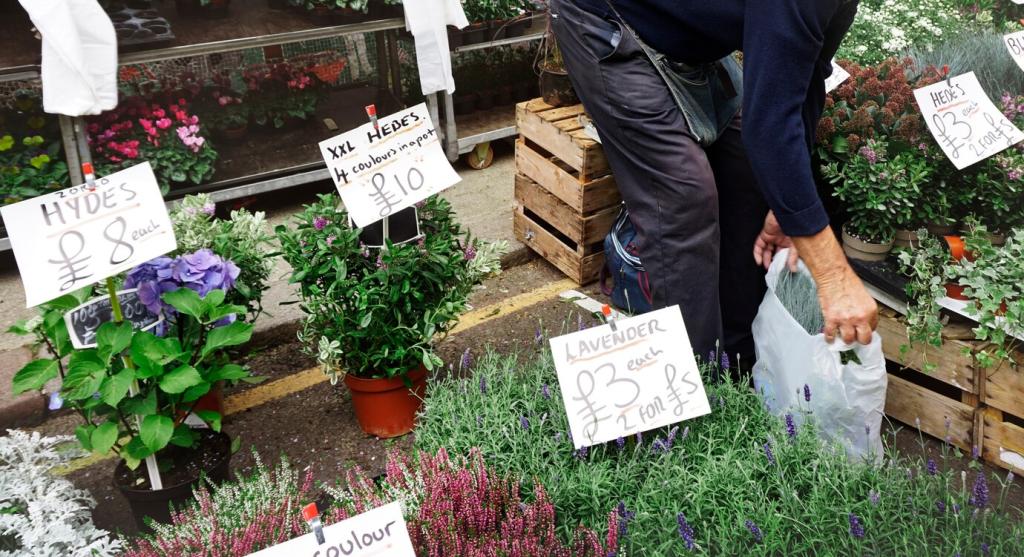
Native Plant Selection for Energy Efficiency
Chosen theme: Native Plant Selection for Energy Efficiency. Welcome to a smarter, greener home landscape—where local flora becomes your quiet partner in comfort and savings. Explore practical ideas, real stories, and proven strategies to cool your summers, warm your winters, and inspire neighbors to join. Subscribe and share your yard goals to shape our next guide.
Why Native Plants Are an Energy Strategy, Not Just Landscaping
Shading That Cuts Cooling Demand
Deciduous native trees placed to the west and southwest filter harsh afternoon sun, lowering indoor heat gain and easing air-conditioner strain. Their seasonal leaf drop lets winter light through, supporting passive solar warmth. Tell us your sunniest wall, and we’ll help brainstorm shade solutions.
Windbreaks That Ease Heating Loads
Strategically planted native evergreens form layered windbreaks that slow cold gusts, reduce drafts, and stabilize indoor temperatures. By cutting wind speed near walls, your heater cycles less often. What winter winds do you feel most—north, northwest, or valley down-slope? Comment and compare notes.
Evapotranspiration and Microclimate Cooling
Native shrubs and perennials release moisture that cools surrounding air, creating a microclimate buffer around patios and windows. This natural cooling effect pairs beautifully with shade to moderate peak temperatures. Share a photo of your hottest spot so we can suggest a native planting mix that breathes cool.

Map Your Site for Maximum Energy Savings
Note where afternoon glare hits windows, decks, and dark siding. Place deciduous natives to intercept rays without blocking winter light. A quick sketch helps position canopies precisely. Post your sketch or a simple phone snapshot, and we’ll cheer you on with placement ideas.


Map Your Site for Maximum Energy Savings
Observe where gusts funnel between buildings or across open driveways. Layer natives of differing heights to slow wind, prevent snow drifting, and quiet drafts. Share your windiest corner and we’ll suggest native species that knit into a protective green buffer.
Pick Region-Ready Natives That Work With Your Climate
Start with your ecoregion and trusted native plant society lists. Species already adapted to your temperature swings and soils will thrive, delivering shade and wind protection faster. Comment with your region, and we’ll help surface reputable, localized recommendations.
Pick Region-Ready Natives That Work With Your Climate
Drought-tolerant natives reduce irrigation time, pumping, and equipment use. Deep-rooted species tap stored moisture, staying leafy when you need summer shade most. Share your watering routine, and we’ll trade tips to cut irrigation without sacrificing comfort or plant health.


Placement Tactics: Shade, Windbreaks, and Cool Groundcovers
Place broad-crowned natives to filter afternoon sun on west and southwest facades. Keep roots outside foundation zones, and frame windows for dappled light. The aim is generous summer shade with winter transparency. Share your window orientations for tailored canopy suggestions.
Placement Tactics: Shade, Windbreaks, and Cool Groundcovers
Use tiered native evergreens—tall, medium, and dense shrubs—to slow prevailing winter winds. Staggered rows prevent tunnel effects, while a small setback creates calm air near walls. What’s your prevailing wind? Add it in the comments for species ideas that hold form through heavy weather.




Track Bills, Temperatures, and Comfort
Compare monthly energy bills before and after plantings, and note indoor temperatures at peak heat. Pair numbers with how rooms feel. Post a quick snapshot of your results, and we’ll highlight creative wins in future updates.
Neighborhood Native Tours and Swaps
Host a small yard walk or plant swap to share hardy natives that deliver shade and shelter. Real examples convince better than diagrams. Invite friends here, and we’ll compile printable checklists for energy-smart plantings.
Subscribe and Shape the Next Guide
Subscribe for seasonal planting prompts, region-specific species spotlights, and reader Q&A. Ask a question, propose a plant trial, or request a microclimate deep dive. Your feedback steers our next theme and keeps the energy savings growing.
